
How to design a smart home? 4 trends in modern smart home design
2024-12-16
Smart homes are residences that integrate technology and architecture to create a living environment that is comfortable, convenient, energy-efficient, and secure. Today, smart homes are defined by their ability to connect a wide array of devices and systems, from security and climate control to entertainment.
The evolution of smart homes has been driven by advancements on the Internet of Things (IoT), artificial intelligence (AI). These technologies have enabled devices to communicate with each other and with users in more sophisticated ways, leading to a more responsive home environment.
Some people may ask: What will be the trend in smart home design in the next decade? How can you follow the latest trends and design a smart home?
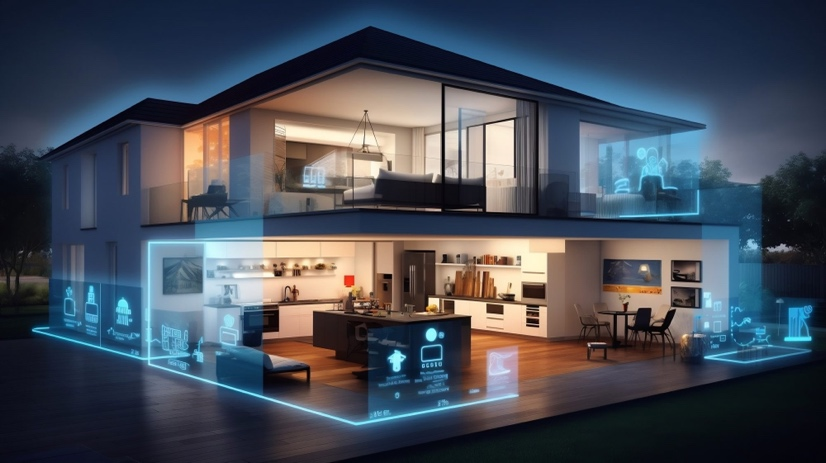
Smart home design trend 1: User Experience and Interaction
Today, home design trends are becoming more focused on user experience and interaction.
In the past few years, smart home technology has generally focused on a single device, such as a smart speaker or lighting. However, the design trend of smart homes in the next few years is that multiple devices will become an integrated system and be managed in a unified manner, thus creating a more cohesive and efficient smart home environment, making smart homes more intuitive and more adaptable to personal needs.
For example, voice control has become one of the popular features in smart homes trend, with many devices now compatible with voice assistants like Baidu's Duero’s and Alibaba's Tmall Genie. This allows users to control their smart home devices using natural language commands, making the smart home experience more accessible.
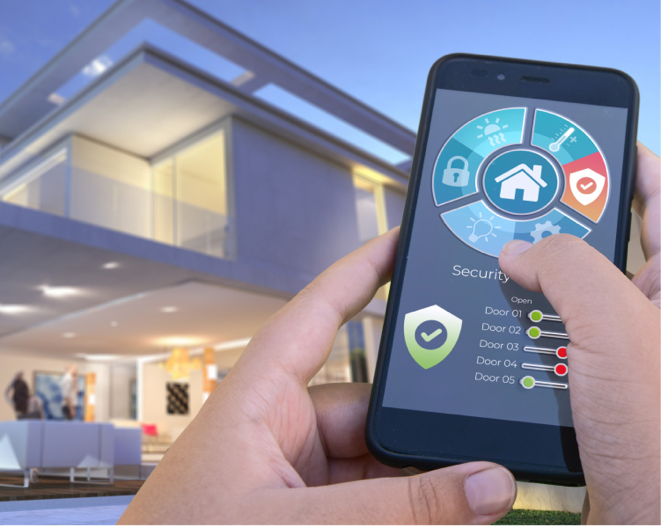
Besides that, touchless interaction is another emerging trend in smart home design, with devices that can be controlled through gestures, facial recognition, or even though control. This is particularly useful for users with mobility impairments or in situations where hands-free operation is desired. The development of touchless interaction technologies is driven by advancements in AI and sensor technology, brings a good experience to users.
Trend 2: Advanced Security and Privacy
As homes become more and more interconnected, network security issues will also become a focus of future smart home design. This few years, smart home designers are implementing advanced security measures, such as encryption and two-factor authentication, to protect user data and prevent unauthorized access. Cybersecurity in smart homes also extends to the protection of user privacy, where privacy considerations are integrated into the development process from the outset, ensuring that user data is protected by default.
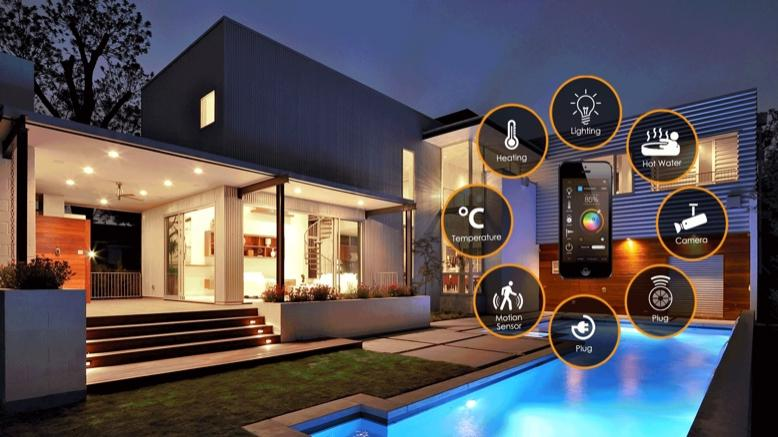
Privacy protection is a key concern for users of smart homes, many users take risks about their own privacy protection in nowadays. The development of privacy-enhancing technologies, such as differential privacy and federated learning, is also being explored to provide more robust privacy protections for smart home users. These technologies aim to preserve individual privacy while still allowing for the collection and analysis of aggregate data.
Trend 3: Integration of IoT and AI
The integration of IoT and AI has revolutionized the concept of smart homes, transforming them from mere conveniences to intelligent, responsive environments that enhance the quality of life for residents. This integration is characterized by the seamless interaction between various devices and systems within the home, all aimed at creating a more efficient, comfortable, and secure living space.
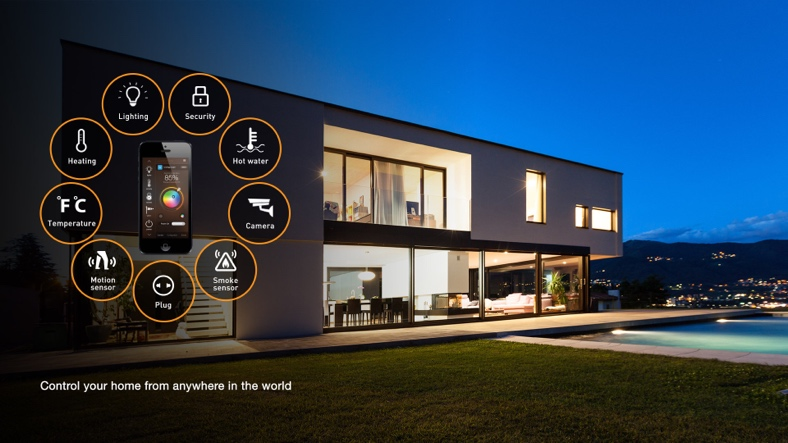
IoT refers to the interconnection of everyday objects, enabling them to send and receive data without requiring human intervention. In smart homes, IoT plays a crucial role by connecting a wide array of devices such as smart thermostats, lighting systems, security cameras, and appliances.
AI learning to take the capabilities of IoT devices to the next level by adding a layer of intelligence that allows these systems to learn and adapt. These devices can communicate with each other and with a central hub, allowing monitoring and control. As technology continues to advance, the possibilities for what smart homes can achieve are boundless.
Trend 4: Energy Efficiency and Sustainability
In the future, sustainability and eco-friendliness in smart home design will become increasingly important.
Energy efficiency and sustainability are top priorities in modern smart home design, which focuses on reducing environmental impact and promoting long-term ecological balance. Using renewable energy in smart homes not only reduces the demand for non-renewable resources, but also reduces electricity expenses and improves financial viability.
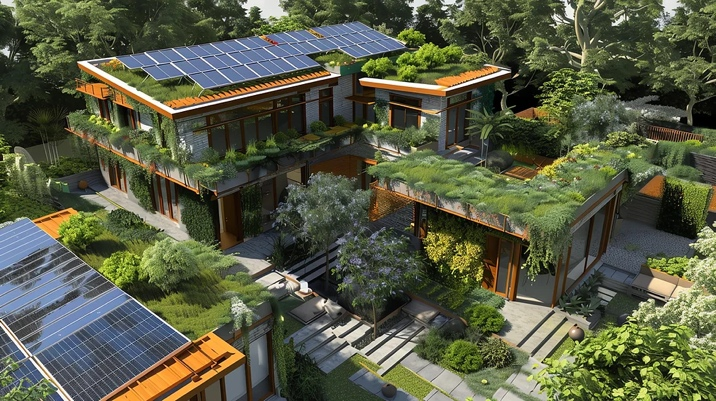
Green technology and eco-friendly materials are an integral part of sustainable home design. They reduce environmental footprint by minimizing resource consumption and waste generation. Not only do these materials have less impact on the planet, but they also help create healthier living spaces.
In addition to this, incorporating energy efficiency and sustainability in smart homes is a key step towards a greener future. By adopting green technology, using eco-friendly materials, implementing smart energy management systems, and utilizing renewable energy, smart homes are leading the way in sustainable living, bringing both environmental and financial benefits.
More smart home manufacturers will participate in the 25th CIFF Guangzhou Exhibition
As the development trend of global home design, smart home will become the focus of future global market development.According to market data surveys, the device system based on mobile remote control-artificial intelligence-furniture hardware has shown a rapid development trend.
At the 25th CIFF Guangzhou Exhibition, smart home design will be the first highlight. Welcome to visit the 25th CIFF Guangzhou Exhibition official website and online furniture trading platform to have in-depth exchanges with more home exhibitors and find more market opportunities.
Links:
Focus on the 55th CIFF Guangzhou in 2025:Dates,Address & Highlights
CIFF Guangzhou 2025:Registration, Transportation Guide
A How-To Guide for Click2Connect-CIFF Online Business Matchmaking
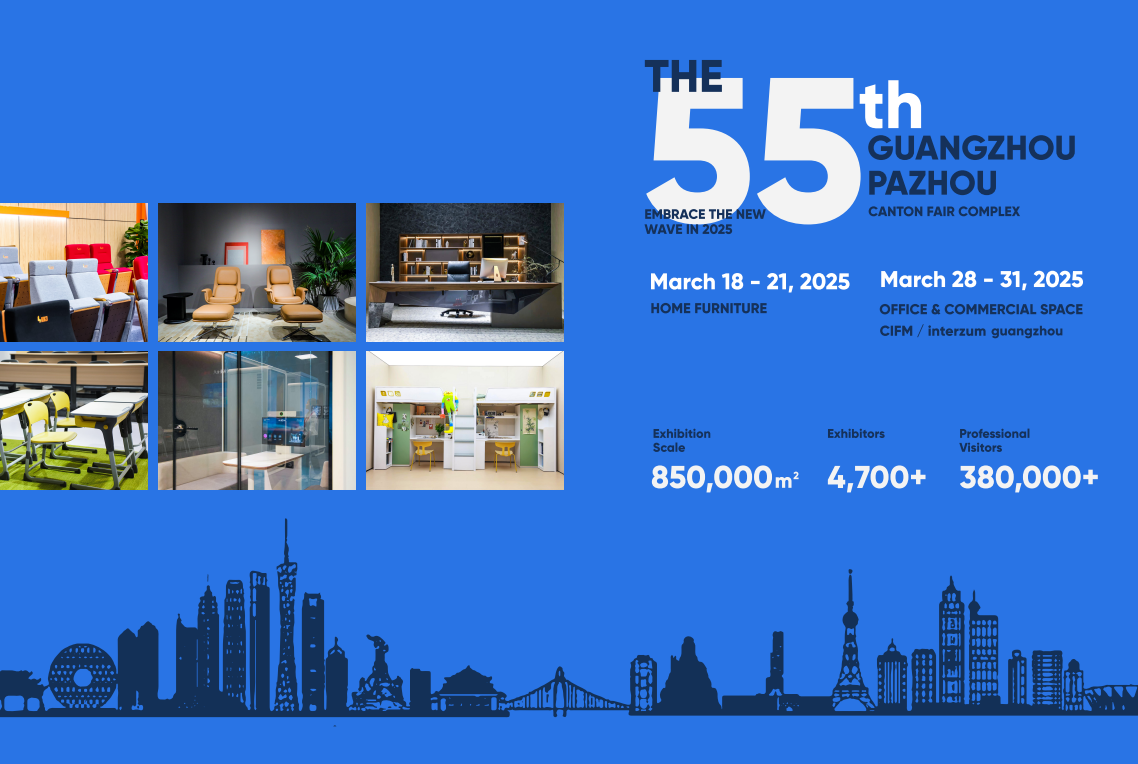
Conclusion
How to design a smart home? Apparently,Smart home design trends are moving towards multifunctionality, advanced automation, AI integration, and a focus on sustainability and security.
These trends are driven by technological advancements and consumer demand for more efficient and comfortable living spaces. In future, users can expect smart homes to become even more integrated into their daily lives, offering unprecedented levels of comfort, security, and efficiency.
